A family of beavers has been moved from a Kinross-shire reservoir as part of a controversial Scottish Water expansion.
The water company is spending millions on upgrading its Glenfarg Water Treatment Works.
And as part of the preparations it has successfully relocated the resident beavers to the Cairngorms National Park.
The animals had built their dams and lodges next to the Glenfarg works.
They are thought to have made their way up the Farg from the River Earn.
And their presence was one of the reasons locals had objected to the Scottish Water expansion.
The firm consulted experts at the Beaver Trust before capturing them in traps baited with food.
They were then transported to Five Sisters Zoo, for health screening.
Once they were deemed fit and ready for release, they were taken to their new home, chosen by the Cairngorm National Park Authority.
Scottish Water documented the process in a video on its YouTube channel.
Martin McIlvaney, Scottish Water’s Senior Project Manager, says the move is a signal of the company’s commitment to delivering the project.
“This achievement enables us to move forward with the upgrades at Glenfarg Water Treatment Works, knowing that the beavers are flourishing in their new habitat,” he said.
Glenfarg beavers move is ‘win-win’
The Scottish Water plant at East Blair, a mile or two outside Glenfarg, supplies drinking water to 179,000 people across Kinross-shire and Fife.
It was built in 1984. And bosses say the improvements are needed to boost the resilience of the public water supply.
The plans include a new pumping station and pipes, a new backwash tank and chlorine contact tank and associated buildings.
Dozens of people in and around Glenfarg objected to the planning application.
Residents raised fears for congestion and road safety during the construction phase, as well as the impact on wildlife.
The Cairngorms National Park is in the process of establishing a wild population of beavers in the River Spey catchment.
It recently celebrated the arrival of the first wild-born beavers in Scotland in 400 years.
A Beaver Trust spokesperson said: “Relocating beavers to habitats where they can thrive without causing damage is a win-win for both wildlife and the community.”
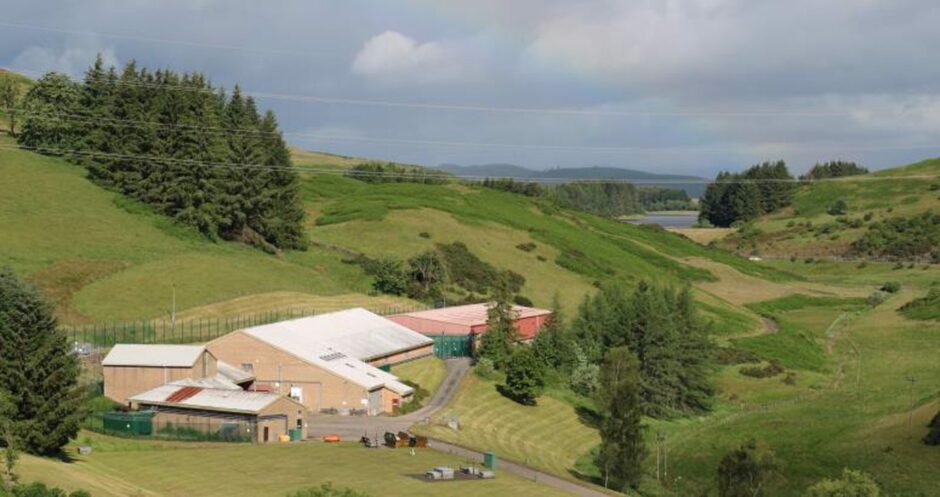
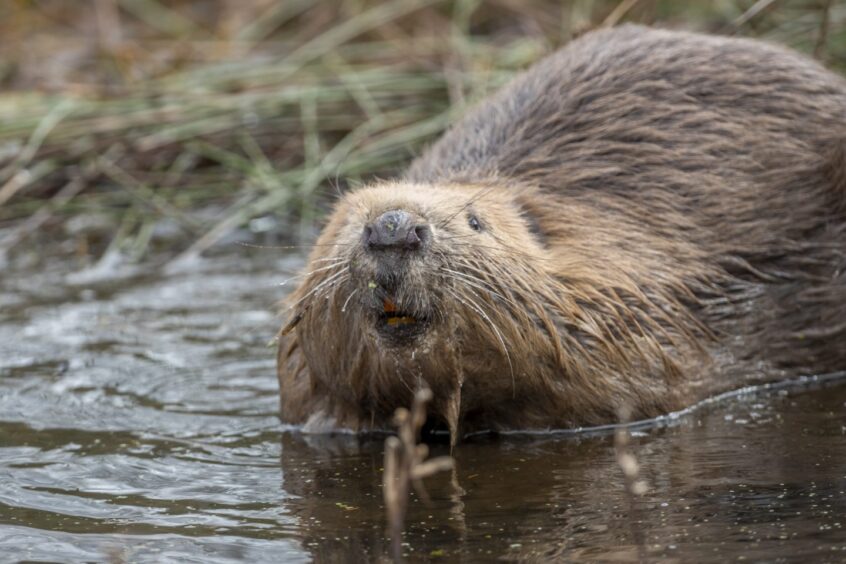
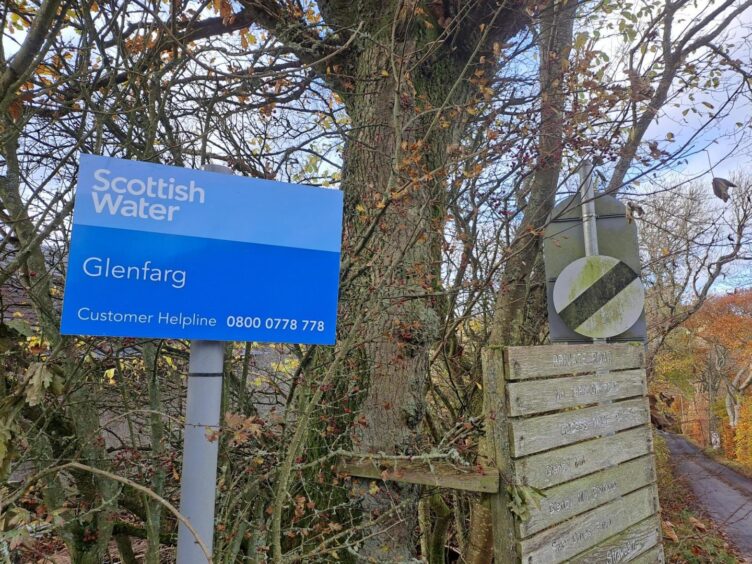



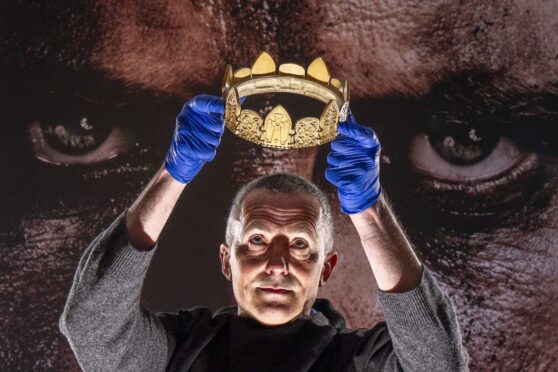
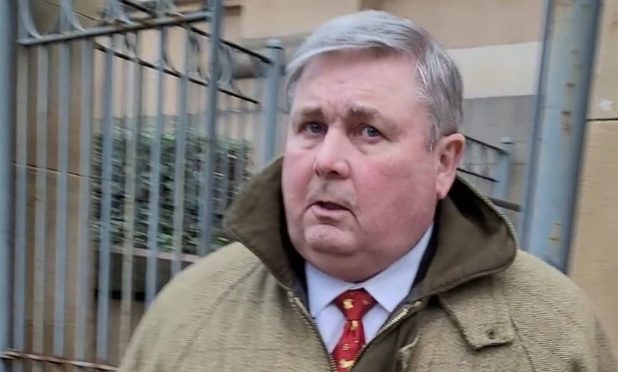


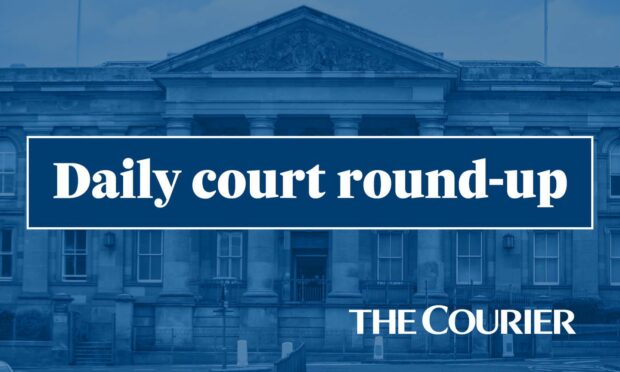

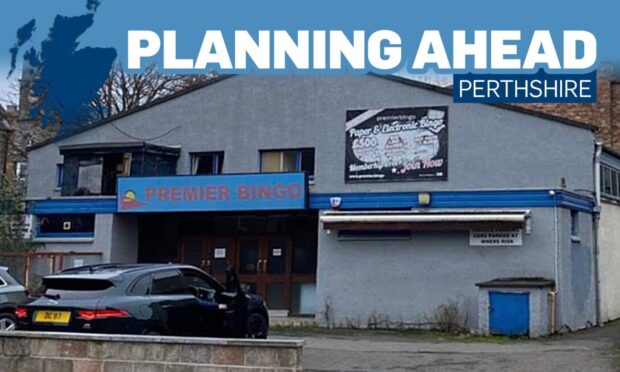
Conversation